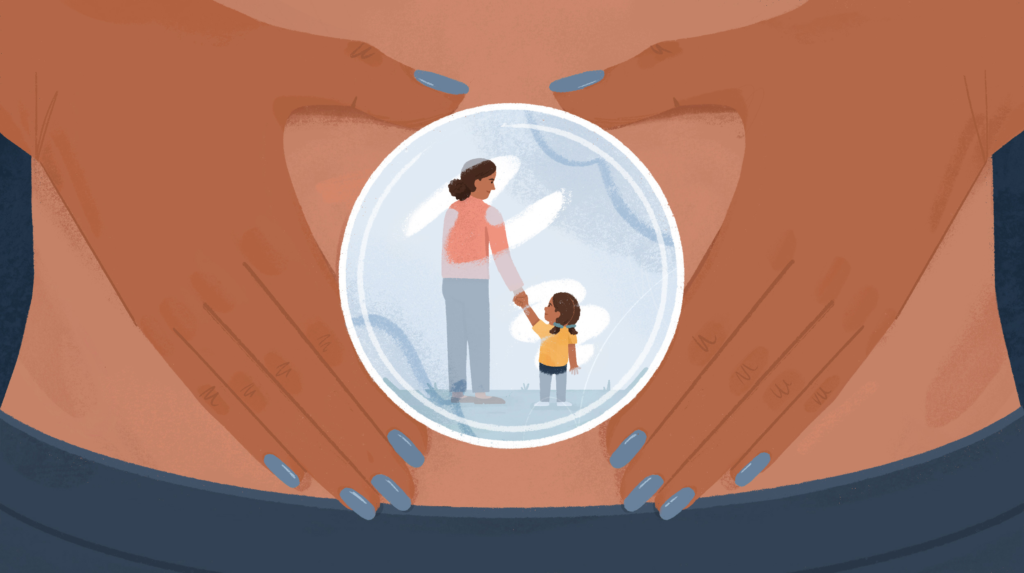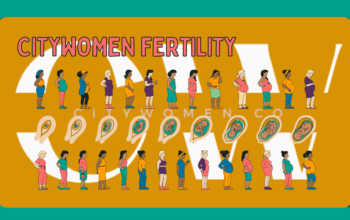
March 10, 2020 at 11:00PM by CWC
We’ve all experienced it before: visualizing a beach or a mountain vista to calm your nerves before a big presentation at work, or you reach into your pocket to feel the soothing weight of a crystal when the person in front of you at your coffee shop starts arguing with the barista. It’s legitimately comforting to see or touch something familiar during a tense or stressful situation.
According to recent research published in the journal Proceedings of the National Academy of Sciences of the United States of America (PNAS), these comforting cues (formally known as “safety signals”) aren’t just placebo; they have a very real impact on our ability to find calm in stress-inducing situations.
Simply put, “safety signals are stimuli in the environment that represent safety,” says Paola Odriozola, a PhD candidate in psychology at Yale University and co-first author of the December 2019 PNAS study. “A safety signal could be a piece of music, a person, or an item—like a stuffed animal for a child—that represents the absence of threat.”
These safety signals essentially serve as a tangible reminder for us to calm down during a stressful event. Previous research on the subject has found that, in rats at least, the presence of a comforting safety signal inhibited the traditional stress response from the brain, which allowed the rats to be more social even in uncontrollably stressful situations.
ADVERTISEMENT
ADVERTISEMENTKate Spade Autumn/Winter Sale |
Though more research will confirm which types of real-world safety signals are most beneficial, many different kinds of things could be safety signals, says Kimberly Wilson, LCSW, a licensed therapist, yoga teacher, and author. She works with clients to think up a toolbox of safety behaviors and props to turn to in any situation that provokes fear or stress—like overwhelm at work, a big upcoming event such as a wedding, traveling, or preparing for a tough conversation like a breakup. “Even wearing an article of clothing that evokes comfort (similar to a childhood blankie), carrying a smooth stone to rub when anxious, listening to a song that evokes joy, or visualizing a tranquil place like a beach or cabin in the woods, can serve as a safety signal,” she says. It all depends on the individual and what makes them feel safe.
Previous research into how exactly safety signals work to make people feel less stressed has been inconclusive, but the December PNAS study puts forth an explanation. Odriozola and her fellow researchers asked healthy adult participants to associate safety and positive emotions with particular colored shapes and sounds. They then were asked to associate other colored shapes with negative outcomes and emotions. Then researchers used functional MRI scans to look at participants’ brains while showing them the “threatening” shapes on their own versus the “threatening” and “safe” shapes together. (Researchers did similar experiments and scans with mice as well.)
“A safety signal is like a balm you can access at any time. No need to roll out a yoga mat, sit in meditation, or leave a situation.” —Kimberly Wilson, LCSW
Odriozola and the other researchers behind the PNAS study found that the presence of safety signals lit up a specific brain pathway in participants, which helped regulate feelings of stress and fear by “learning” safety. Interestingly, she says the pathway activated by safety signals was not the same fear-extinguishing pathway used in cognitive behavioral therapy (CBT)—a common, reputable method for treating anxiety- and stress-based conditions.
Basically, “by accessing safety signals when overcome with fear or anxiety, we can activate a different neural network in the brain to find calm,” says Wilson.
The study looked at healthy adults, but with more research, this new understanding of safety signals could have big implications for people with anxiety. “Safety cues could be used to improve existing treatments [for stress or anxiety], particularly for those who don’t get the full benefits of common treatments,” says Heidi Meyer, PhD, post-doctoral associate at Weill Cornell Medicine and co-first author of the PNAS study. “They may also be helpful for individuals whose anxiety is a barrier to starting treatment.”
While research catches up, though, Wilson often helps her patients to experiment with incorporating safety signals into their lives to help combat stress, since that seems to be a clear benefit. “A safety signal is like a balm you can access at any time,” she says. “No need to roll out a yoga mat, sit in meditation, or leave a situation.” Instead, a person can visualize a soothing color, look for a friend in a crowd, or otherwise pull up their safety signal to quell their fear in the moment.
Whether stress is a frequent part of your life or not, developing a list of safety signals on your own or with a counselor could help you prepare for—and better cope with—both the expected and unexpected stressful situations we all face. Think of it as making yourself a mini safe space, no matter where you are.
Morning anxiety is rough. Here’s how to keep it from derailing your entire day. And did you know that you have a unique stress “personality?”
Author Lauren Del Turco | Well and Good
Selected by CWC

ADVERTISEMENT
ADVERTISEMENTUp to 30% off Gift Sets |







